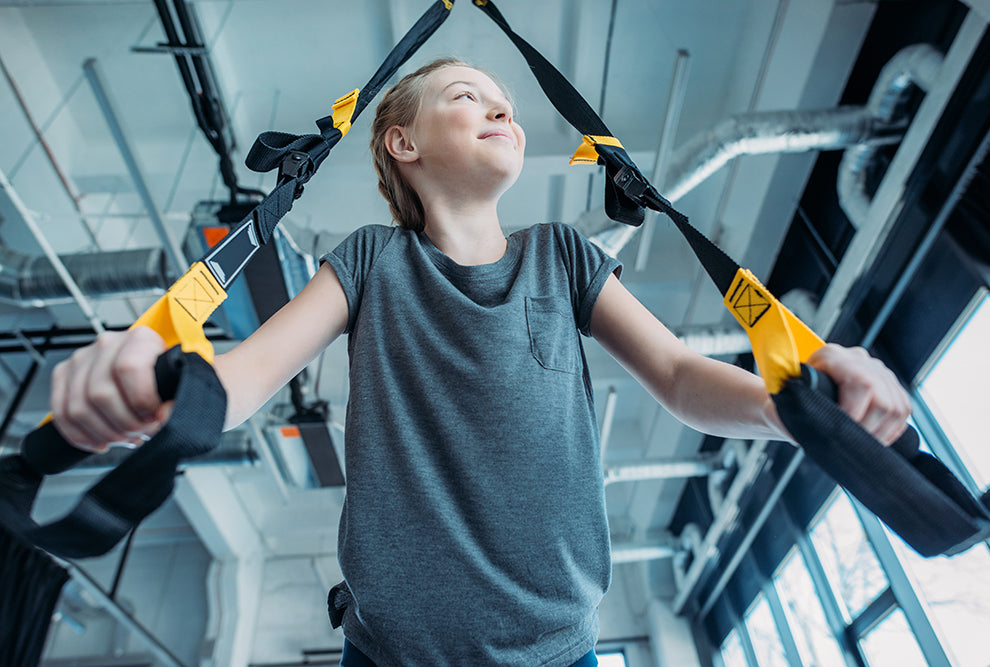
Studying is certainly one of life’s nice pleasures. Getting misplaced in e-book might be a good way to spend a quiet afternoon, preserve your thoughts occupied on a flight, or unwind on the finish of a protracted day. In late 2007, Amazon launched its common e-reader, the Kindle. (The Barnes & Noble Nook e-reader adopted in 2009). On the time, they had been merely methods for the businesses to easily promote extra books. They had been hyped as a handy and cheap option to load a number of books onto a single system. Later, they had been marketed as a manner to assist youngsters learn. However analysis is displaying that one thing received misplaced alongside the best way.
We talked with Naomi S. Baron, professor of linguistics emerita at American College in Washington, D.C., and creator of the e-book "How We Learn Now: Strategic Decisions for Print, Display screen, and Audio," revealed by Oxford College Press. She gave us the inside track (and the analysis) on the various advantages of studying print. Listed below are six of them.
1. You may Study Extra Studying a Bodily Ebook
"When college students method tutorial studying," Baron says, "chances are high a little bit birdie in your head is telling you you are alleged to give attention to what you are studying, you are alleged to study from it. In precise reality, what occurs is that we do not find yourself focusing as a lot once we learn digitally."
That is in accordance with analysis Baron gathered from 400-plus college college students between 2013 and 2015, and an excellent bigger examine in 2018 of greater than 10,000 college college students by UCLA researcher Dr. Diane Mizrachi and her colleagues.
One cause is what Baron calls a mindset concern. "There are every kind of research that present we’re prone to have our thoughts wander extra once we’re studying digitally," she says.
Baron says we not solely let our minds wander, however we assume we will learn vital data with the identical informal digital studying mindset we apply to checking social media, studying sports activities scores, headlines or Yelp critiques.
Research performed with fifth and sixth-grade college students and with adults in Israel and within the U.S. confirmed a mismatch in how college students thought they’d do on SAT-style essay questions (the place they learn a passage and reply questions) and the way they really did.
"They assume they are going to do higher digitally however they really do higher in print, once more, statistically," says Baron. "It is not 100%. They assume they’re going to do higher digitally however they do higher in print. And I feel it is good proof for the mindset that we convey to digital studying."
2. Printed Books Include Fewer Distractions
When individuals settle in to learn the most recent must-read novel in print, they do not get a notification that somebody has simply taken an image of their meal or that the Atlanta Braves simply beat the Washington Nationals.
"Until you’ve got taken the time to show off all of the notifications, a digital reader is designed to interrupt," Baron says.
As soon as your studying session is interrupted by a notification and you have began multitasking, it is troublesome to settle right down to learn once more. In reality, one examine discovered that 67 % of individuals utilizing e-readers or different units cannot learn for greater than 10 minutes earlier than they begin multitasking. Baron suggests turning off the web or placing your system in airplane mode.
3. Bodily Books Trigger Much less Eyestrain Than Digital Books
Even though individuals expertise eyestrain from studying in each media, it is a lot worse studying on screens. "When you have a look at what college students say – ‘My eyes harm,’ ‘I’ve complications’ – overwhelmingly they observed better eyestrain studying digitally," says Baron.
There are a number of causes for this eyestrain says Baron and different specialists, together with Dr. Ken Nischal, a specialist in pediatric ophthalmology and professor of ophthalmology on the College of Pittsburgh. Dr. Nischal’s feedback had been made throughout a webinar hosted by Kids and Screens: Institute of Digital Media and Youngster Growth. Nischal states that when a baby (or anybody for that matter) stares at a display, they blink much less, lowering the tear movie on the eyes. When eyes dry out, it hurts the muscle groups across the eyes. This causes blurred imaginative and prescient and ache. Additionally, the distinction between the print and the digital web page may also be too harsh or brilliant.
Professional-tip: Observe the 20-20-20 rule when studying digitally – pause each 20 minutes for 20 seconds a distance 20 toes (6 meters) away.
4. Publicity to Printed Books Might Enhance Tutorial Achievement in Children
A June 2014 examine revealed in Oxford Lecturers decided that "the variety of books within the household house exerts a powerful affect on tutorial efficiency" of scholars. The authors of the examine checked out knowledge inspecting tutorial efficiency of 200,000-plus college students in 42 nations taking the Organisation for Financial Co-operation and Growth (OECD)Programme for Worldwide Scholar Evaluation (PISA). (The PISA is run to 15-year-olds in OCED nations and assesses math, studying and science.)
Baron agrees, with caveats. "Simply because you’ve gotten 2,000 books, even for youngsters, does not imply they are going to learn them," she says. Whereas she acknowledges the various correlations between the variety of books a household owns and a baby’s studying scores, she additionally asks, "How a lot has to do with the books and the way a lot as to do with the schooling of the dad and mom and what else they’re doing of their interactions with their youngsters, the requirements they’re setting, supervising homework, and so forth."
Baron says she additionally appears at one thing known as the "fiction impact," a correlation between e-book size, notably fiction, and studying comprehension on standardized assessments.
"We all know that the quantity you learn of sure issues makes a distinction," she says. "The identical correlation is not present in magazines, newspapers or comedian books. It is e-book size and it is fiction."
5. Actual Books Can Result in Higher Sleep
There are many research that present that studying on digital units like telephones and e-readers will adversely affect sleep. In a 2015 examine, researchers on the Brigham and Ladies’s Hospital in Boston, Massachusetts, discovered that examine individuals studying digital books took longer to go to sleep and had been much less sleepy, secreted much less melatonin (the hormone that controls the sleep-wake cycle), skilled altered circadian rhythm, and had been much less alert the following morning than when studying a print e-book.
The American Academy of Pediatrics suggests turning e-reading units off one hour previous to bedtime to provide eyes, and the thoughts, time to chill out.
6. Science Says … Books Make Us Really feel Good
For all of the flash and sizzle of digital readers, individuals nonetheless love holding actual books.
"College students just like the odor of books," says Baron, citing her analysis. "Who knew? College students talked concerning the contact of books, holding them of their fingers, with the ability to find one thing within the e-book. There are research which were performed that although it’s possible you’ll keep in mind a number of the information and characters in a narrative that you simply learn in print and digitally simply as properly, in case you’re requested ‘the place within the story did this happen and when within the line of occasions,’ you keep in mind higher if you’ve learn it in print. That most likely has to do with the tactile sense of with the ability to bodily find it within the e-book. And we’ve got that proof from preschoolers as much as faculty college students."
HowStuffWorks could earn a small fee from affiliate hyperlinks on this article.
Now That is Fascinating
Baron says e-readers can have a constructive impact in encouraging reluctant readers and serving to youngsters with studying points, corresponding to dyslexia. Decreasing the quantity of textual content on the display by spacing the letters and the strains might be helpful in growing studying comprehension.






















